Functional block in the initiation and maintenance of common flutter: detailed electrophysiological study and electro-anatomical mapping
Frontiers in Cardiovascular Medicine
NOVEMBER 14, 2024
The mechanisms of arrhythmia initiation and the role of areas of slow conducting myocardium and functional block are still debated topics.MethodsWe conducted a detailed electrophysiological study of a patient to illustrate and refine these concepts.

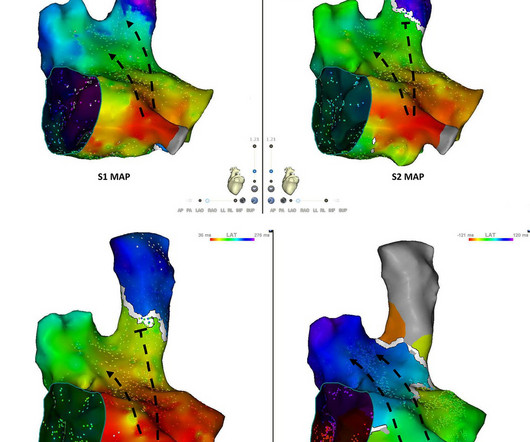





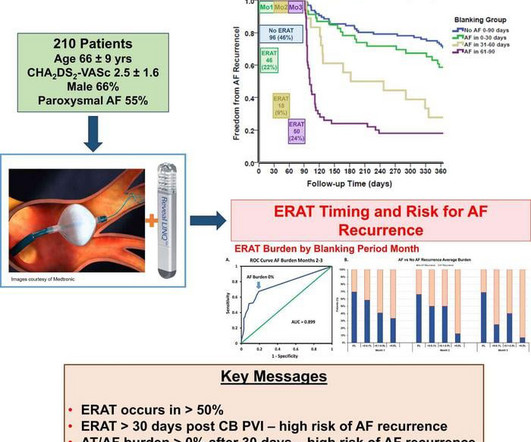



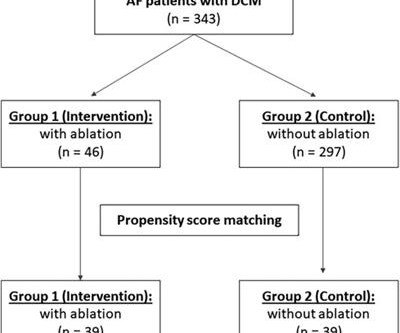















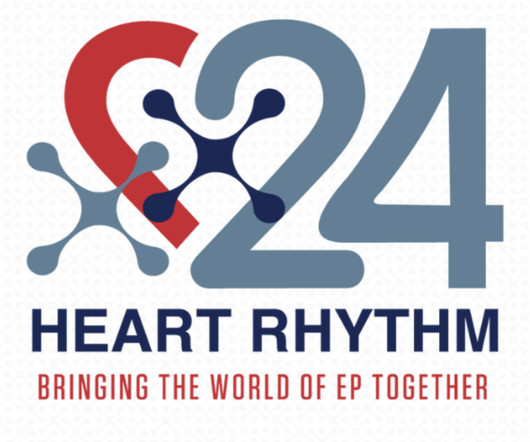


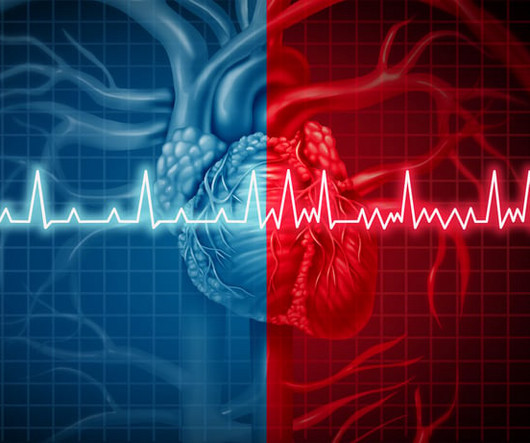



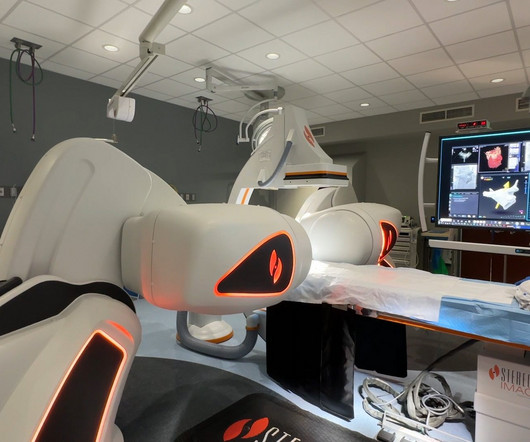







Let's personalize your content